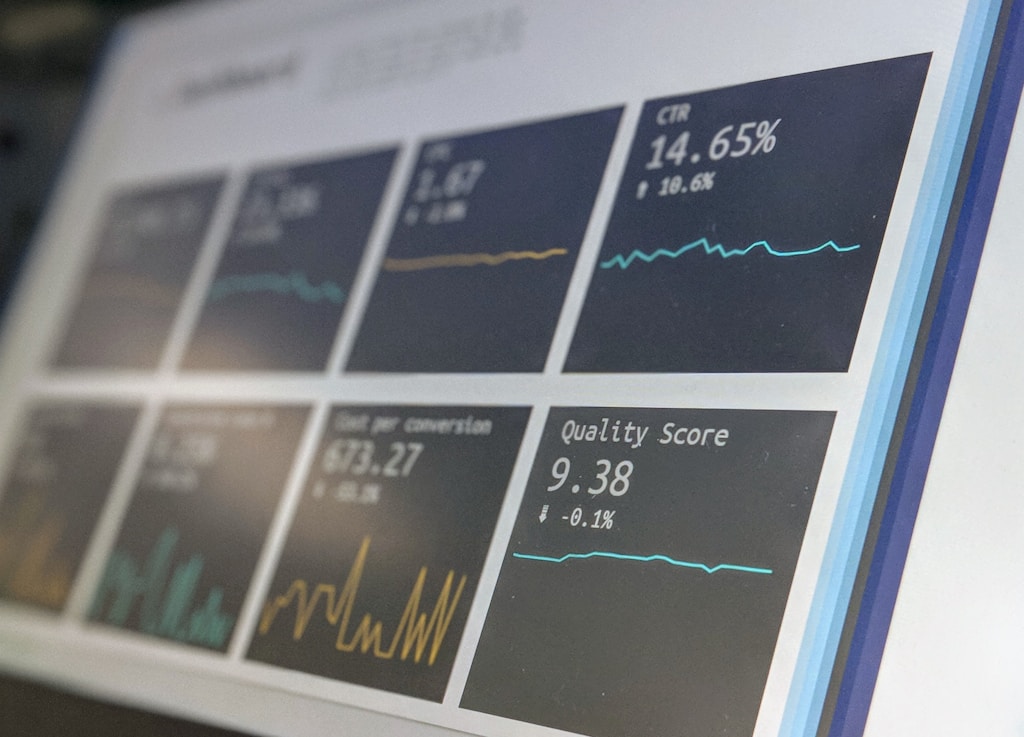Bitget Wallet, a leading non-custodial cryptocurrency platform, has announced a comprehensive brand overhaul alongside a $1 million incentive campaign, marking a significant evolution in its user engagement strategy. This development comes as the crypto wallet sector sees increased competition amid growing institutional interest in digital assets.
Strategic Brand Evolution and User Experience Enhancement
The platform’s transformation includes several key components:
- Complete visual identity refresh with a new logo design
- Enhanced user interface optimization
- Streamlined wallet functionality improvements
- Integration of advanced security features
$1 Million User Incentive Program Details
The incentive campaign represents a strategic move to expand Bitget Wallet’s market presence. The program includes:
- User acquisition rewards
- Trading volume incentives
- Community engagement bonuses
- Referral program benefits
SPONSORED
Trade with confidence using advanced security features and up to 100x leverage
Market Impact and Industry Context
This strategic move by Bitget Wallet aligns with broader market trends, particularly as crypto fund inflows reach record levels. The timing of this initiative coincides with increased institutional adoption and growing demand for secure, user-friendly crypto wallet solutions.
FAQ Section
When will the new Bitget Wallet features be available?
The updated features and new interface are being rolled out immediately, with full implementation expected within the next few weeks.
How can users participate in the $1M incentive program?
Users can participate through various activities including trading, referrals, and community engagement. Detailed program guidelines are available on the Bitget Wallet platform.
What security improvements are included in the update?
The wallet update includes enhanced encryption protocols, multi-signature support, and improved backup features.
Looking Ahead: Market Implications
As the cryptocurrency ecosystem continues to evolve, Bitget Wallet’s strategic refresh positions it to capitalize on growing market opportunities and increased institutional adoption of digital assets.




